The oldest North American dinosaur fossils ever found reveal dinosaurs ruled the northern hemisphere earlier than scientists believed.
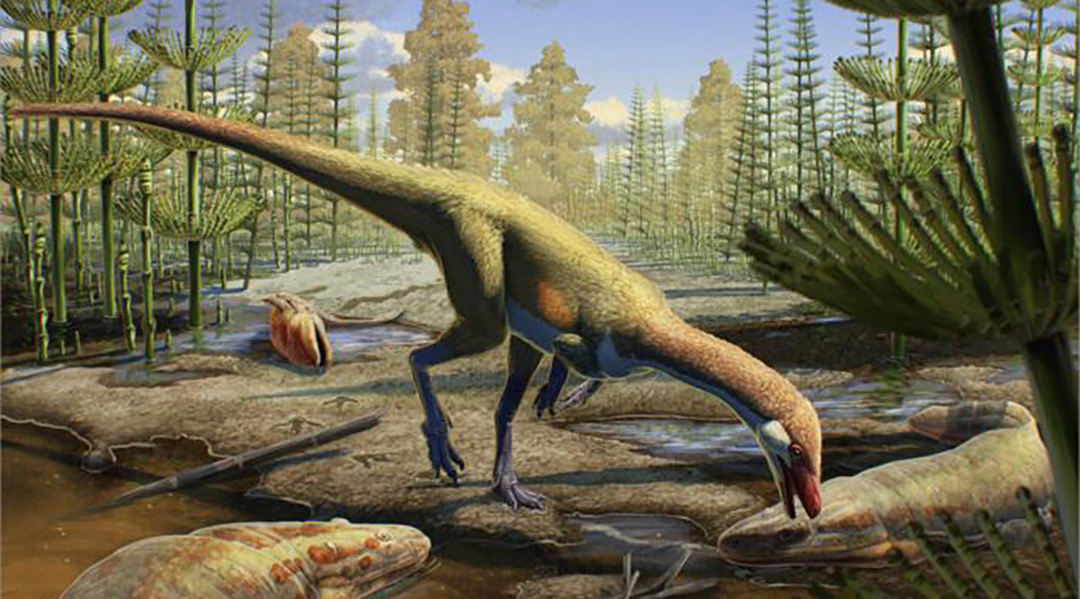


The oldest North American dinosaur fossils ever found reveal dinosaurs ruled the northern hemisphere earlier than scientists believed.
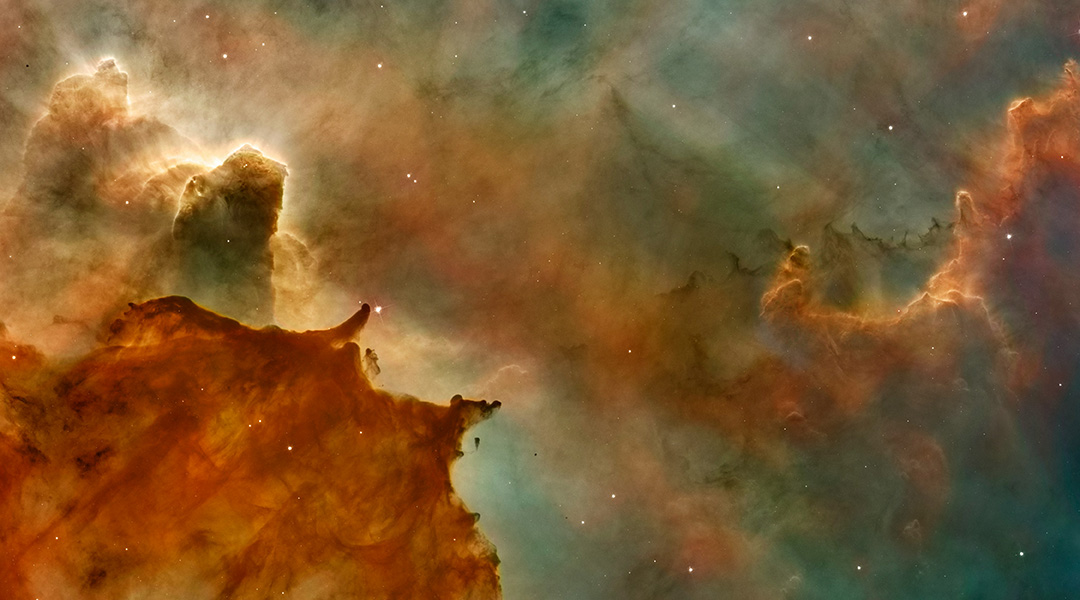
Researchers have built a better picture of how complex molecules developed in the early Universe before becoming essential for life.

SmokeNav combines an inertial sensor and millimeter-wave radar to enhance situational awareness for first responders in hazardous conditions.
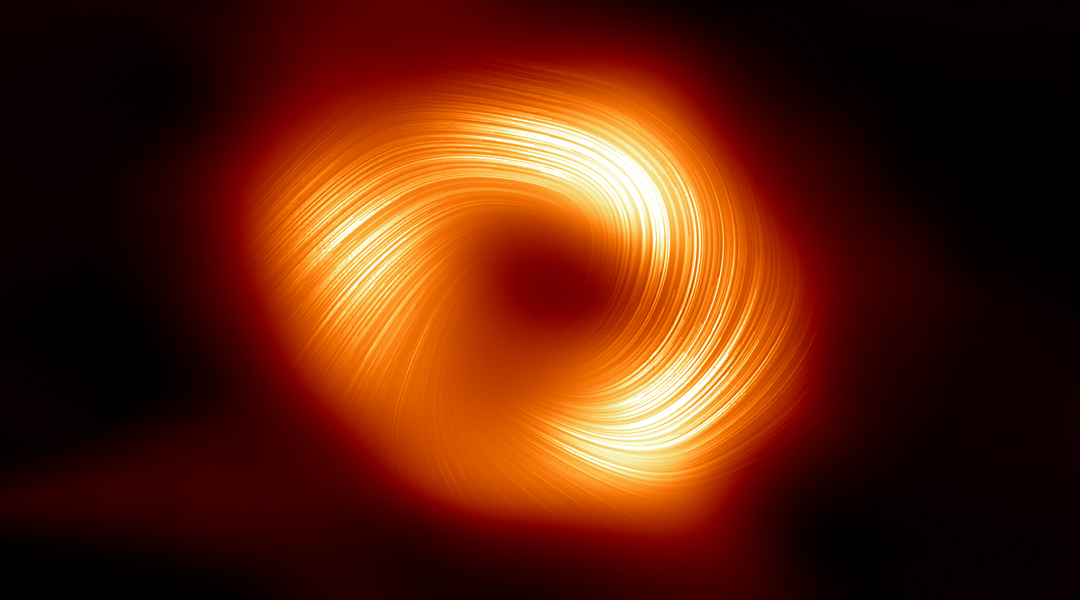
Images of the supermassive black holes wouldn’t have been possible if mimetic gravity was the right recipe for gravity.
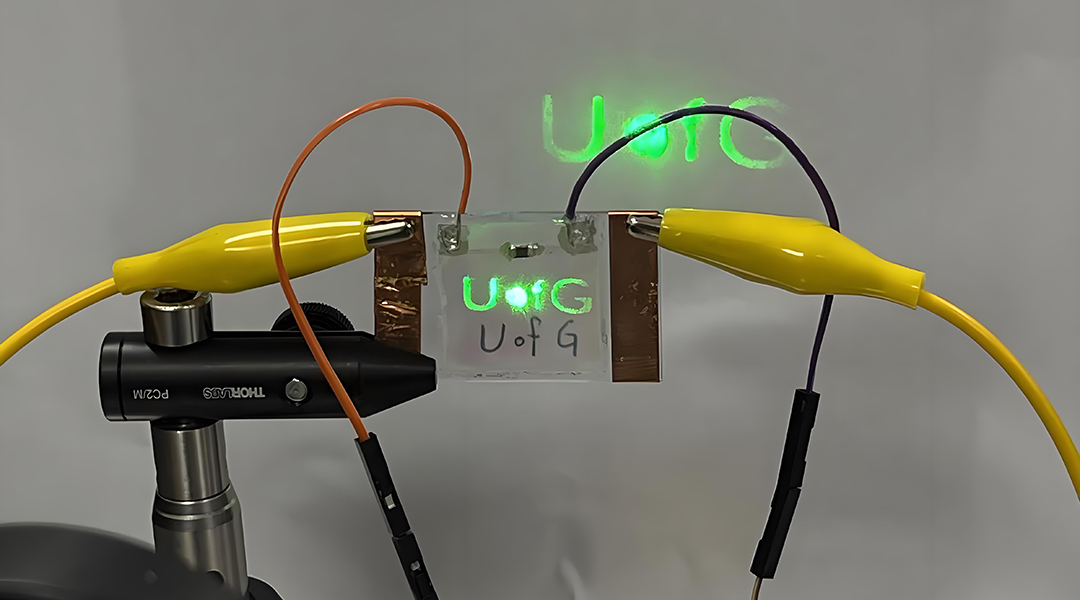
Temperature-sensitive materials seamlessly switch between VR and AR in headsets, paving the way for better extended reality experiences.
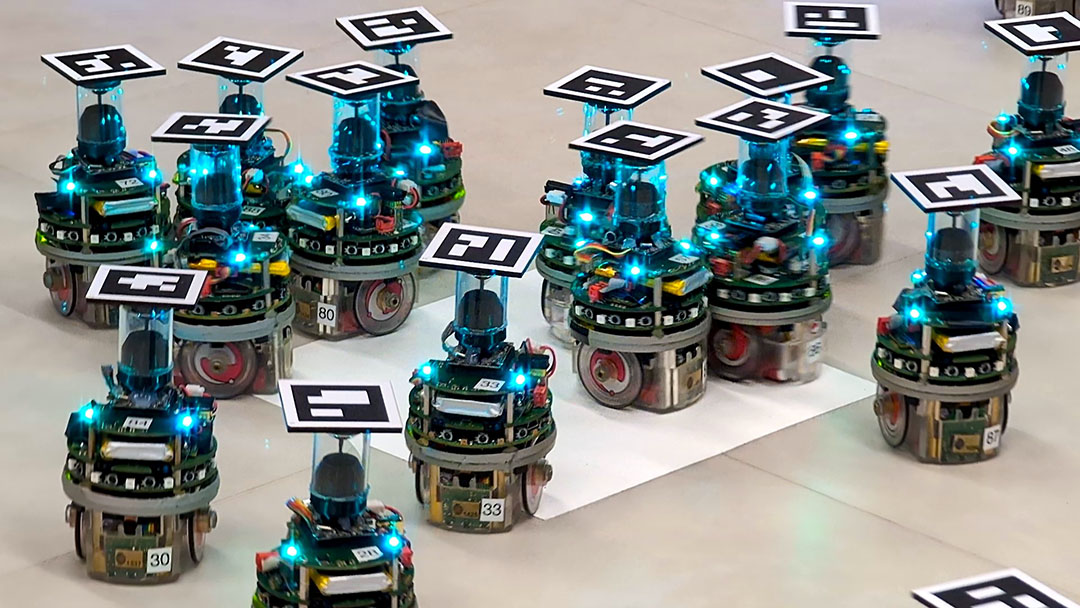
Researchers have developed an optimization program to design the behavior of small e-puck robots to allow them to work in unison.
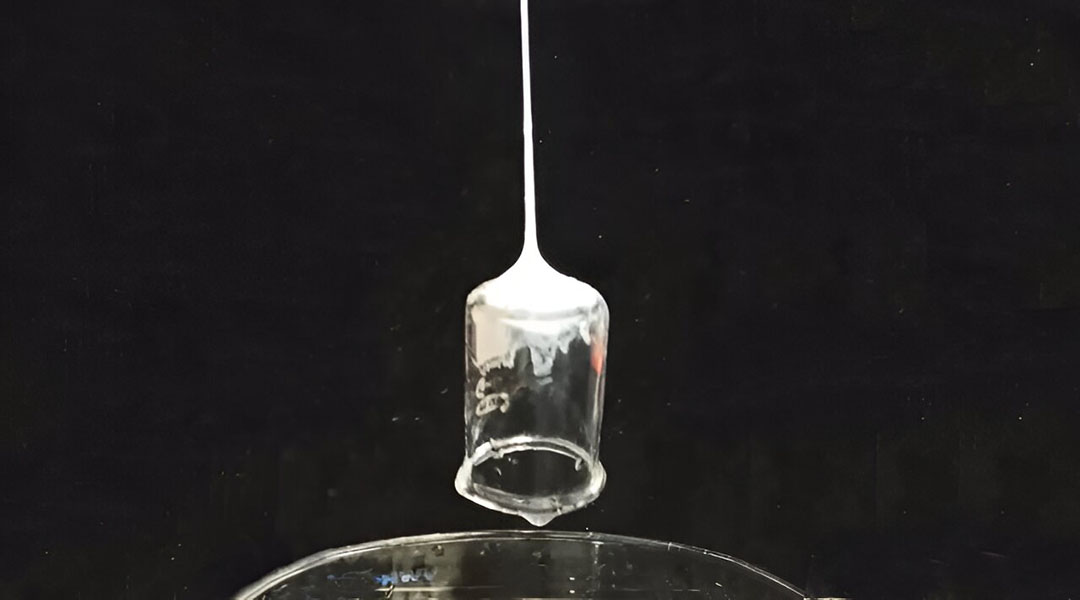
With great power comes great responsibility—even for real-life, superhero-inspired web-slinging tech!
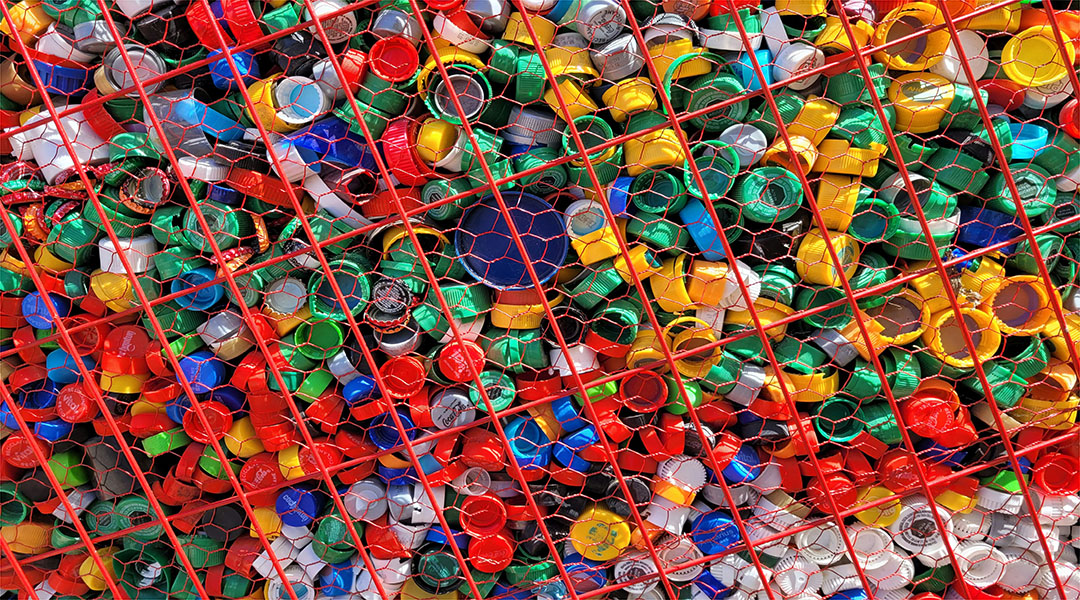
A common bacteria found growing on plastic in urban wastewater could provide new bioengineering solutions to clean up plastic waste.
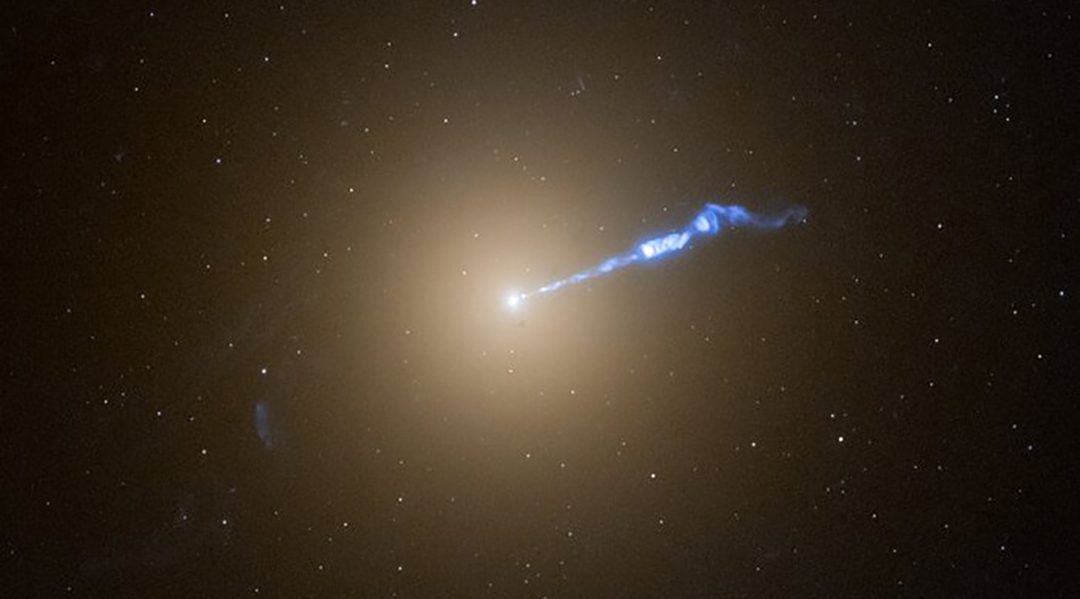
Using the Hubble Space Telescope, astronomers discovered the jet from a black hole, triggering nova explosions along its path.
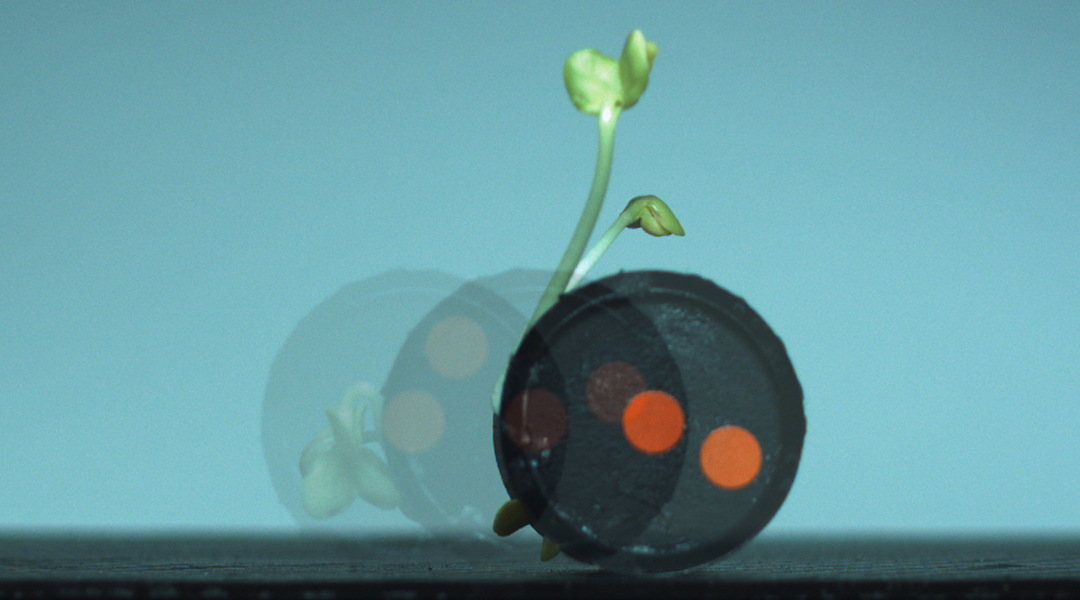
Radish sprouts power a new wave of eco-friendly robots that move, grow, and could even be eaten after their work is done.